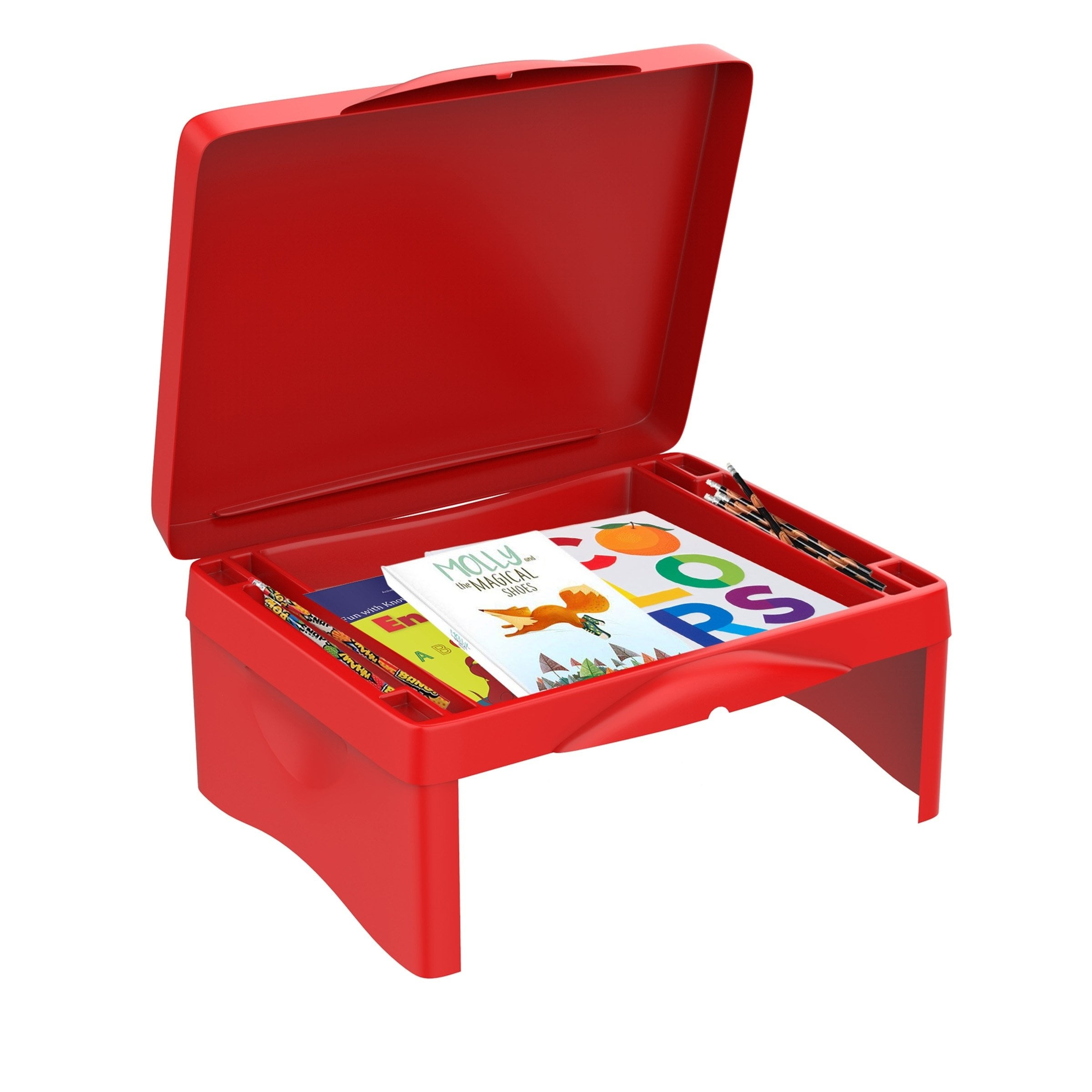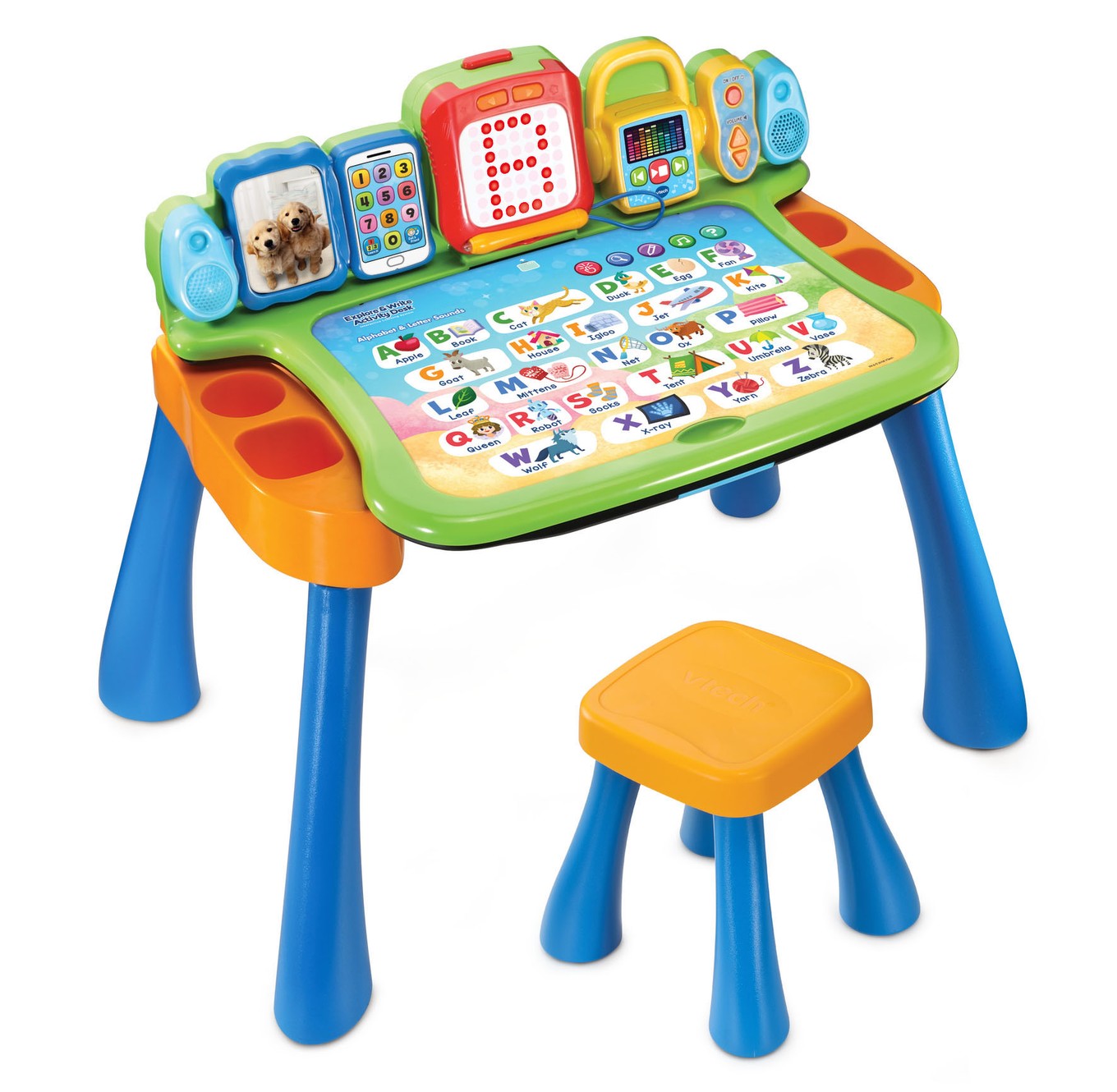

Getting the right input on proposals at an earlier stage would be more efficient and result in a stronger overall output.

Expertise location is an unending task for most businesses, and it’s rarely so straightforward.Īt a construction company, faster access to experts in specific engineering fields was deemed critical to improving the quality of tender submissions and wining more work. In turn, these profiles should ‘provide better access to expertise in the business’. Improving business developmentĪ further common goal for social intranets is to provide comprehensive social profiles of employees. Crucially, technology was employed to support the new process and was successful, as opposed to dictating the change itself – an approach which often fails. This included the use of activity streams, wikis and more as part of a new process. As the functionality became available, wikis and blogs were then added to the spaces, yet few people used them.Īs part of a renewed focus on streamlining project processes and improving project communication, time was spent with several project teams to understand their working practices and identify more effective ways to work.

However, simply providing new tools within an unchanged process is likely to limit their use and effectiveness.Īt a property developer, the project setup process included the establishment of an online space for each project. Enhancing project collaborationĪnother ideal for social intranets is to provide a more interactive, user-friendly environment for project collaboration. Total savings established in the following 18 months were $18m. The intranet team designed and implemented an online ideation forum in which employees could offer and discuss ideas specific to the objective of saving $1.7m. Yet, with ‘collaboration’ itself being a woolly term, ‘improved collaboration’ can also lack definition.Īt a utilities company, the finance team was faced with a $1.7m gap in their annual budget. Enabling global collaborationĪ significant marketing point of social intranets is the notion of ‘improving collaboration’. This is a genuine improvement in business process, supported by the functionality a social intranet can offer. This would provide a quantifiable reduction of emails and a far better user experience. The suggested solution was to create a single activity stream that staff could pull photos from. It was overloading both servers and individual inboxes and most recipients simply auto deleted the emails. This resulted in over 15,000 emails and over 75 gigabytes of data being sent through the network, daily. But what problem is being solved? Is the objective simply to move some, or all messaging from one system (email) to another (activity streams)? If so, that’s not massively helpful.Īt a media organisation, the photo desk was emailing over 3000 staff 50 emails a day, each with a 5MB attachment. ‘Reducing email overload’ is a commonly touted selling point for social intranets.

In practice, using social intranets to solve specific business problems presents far greater opportunity for genuine and measurable success. Such objectives frequently lead organisations to embark on expensive, misguided projects.
Photodesk activity software#
In large part, this is because social intranets are typically rolled out with generic or ‘woolly’ objectives, scraped straight from the slide deck of a software vendor’s sales presentation with little relevance to a specific business. In a 2012 study by McKinsey, 72 per cent of respondents said their organisations’ social intranets had yet to fulfil their potential. It does not store any personal data.Social intranets have been popular for many years now, yet success with social intranets remains elusive. The cookie is set by the GDPR Cookie Consent plugin and is used to store whether or not user has consented to the use of cookies. The cookie is used to store the user consent for the cookies in the category "Performance". This cookie is set by GDPR Cookie Consent plugin. The cookies is used to store the user consent for the cookies in the category "Necessary". The cookie is used to store the user consent for the cookies in the category "Other. The cookie is set by GDPR cookie consent to record the user consent for the cookies in the category "Functional". The cookie is used to store the user consent for the cookies in the category "Analytics". These cookies ensure basic functionalities and security features of the website, anonymously. Necessary cookies are absolutely essential for the website to function properly.


 0 kommentar(er)
0 kommentar(er)
